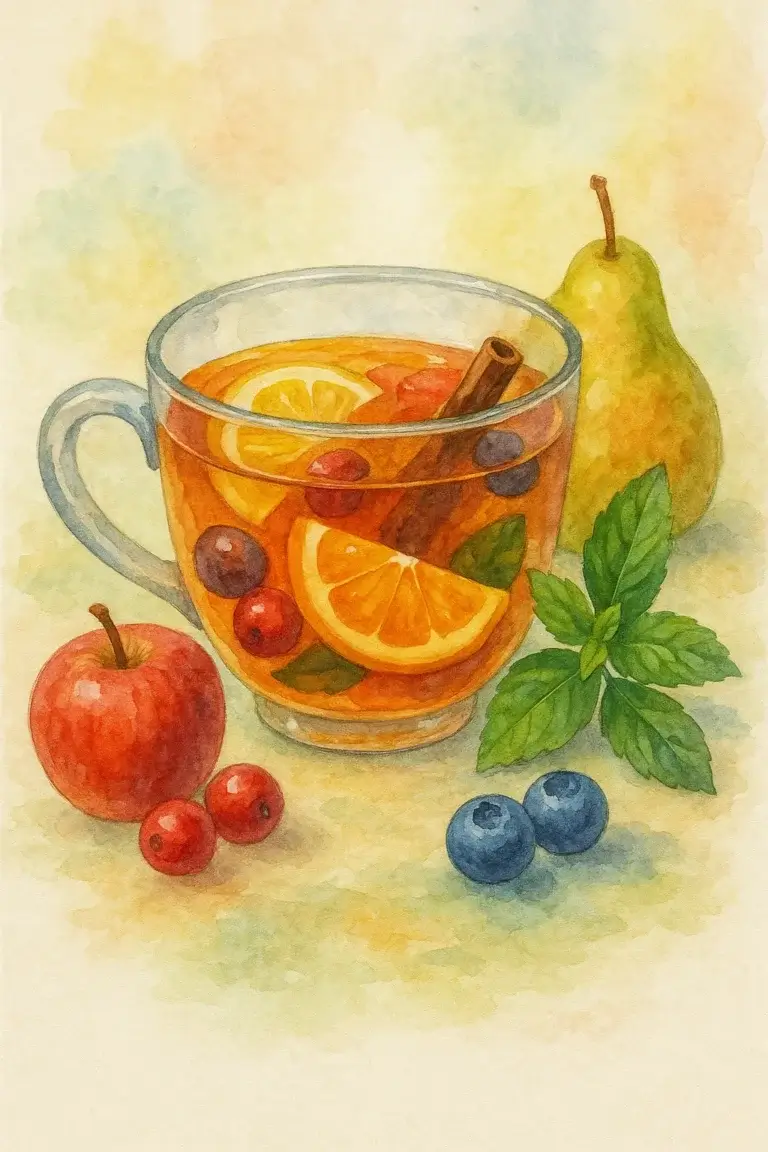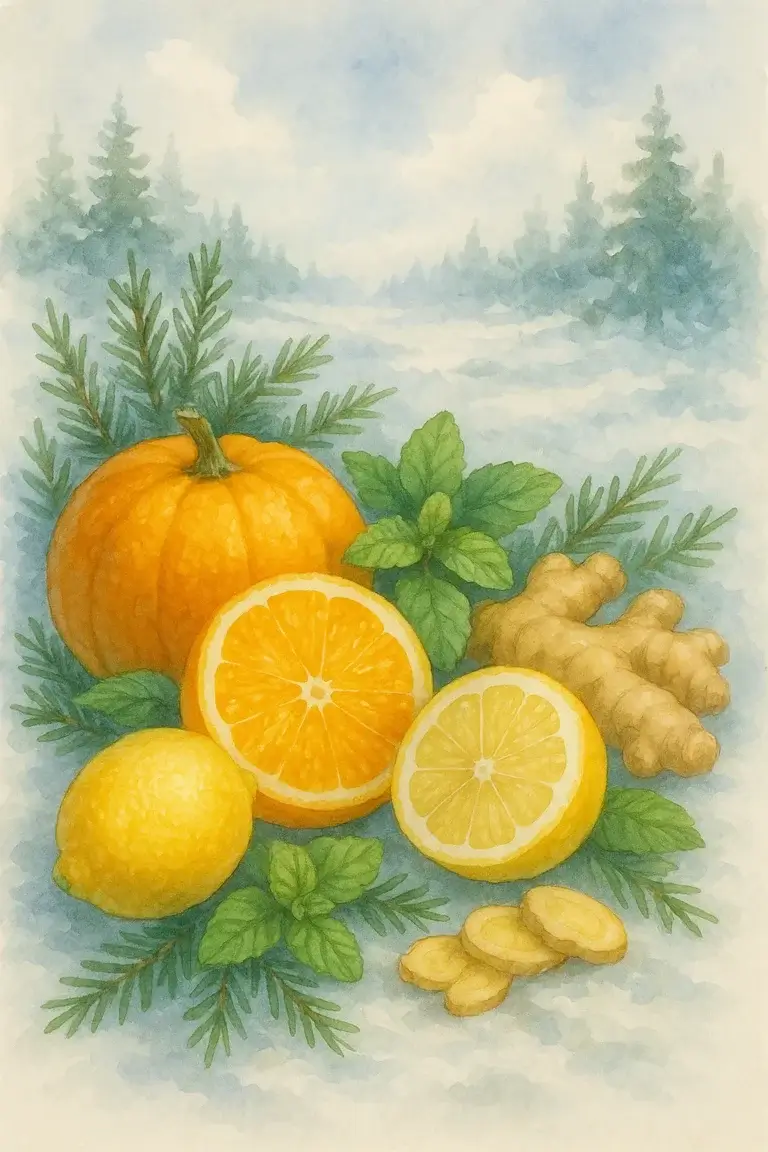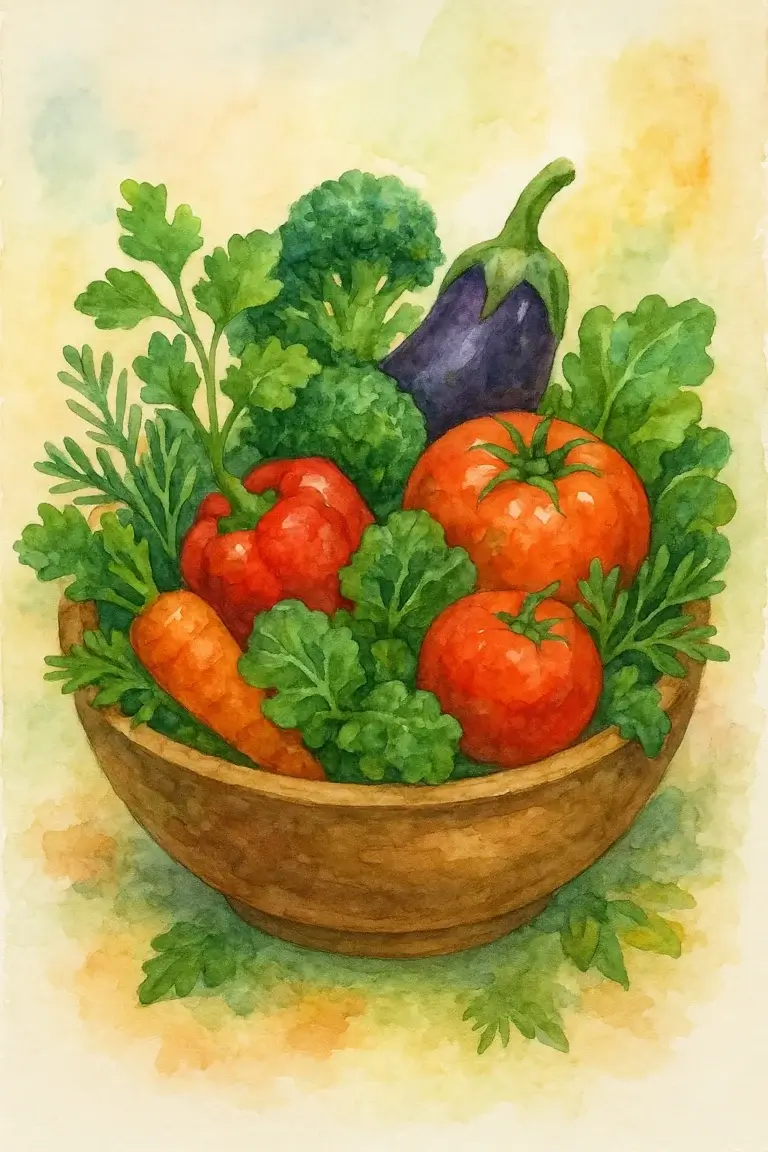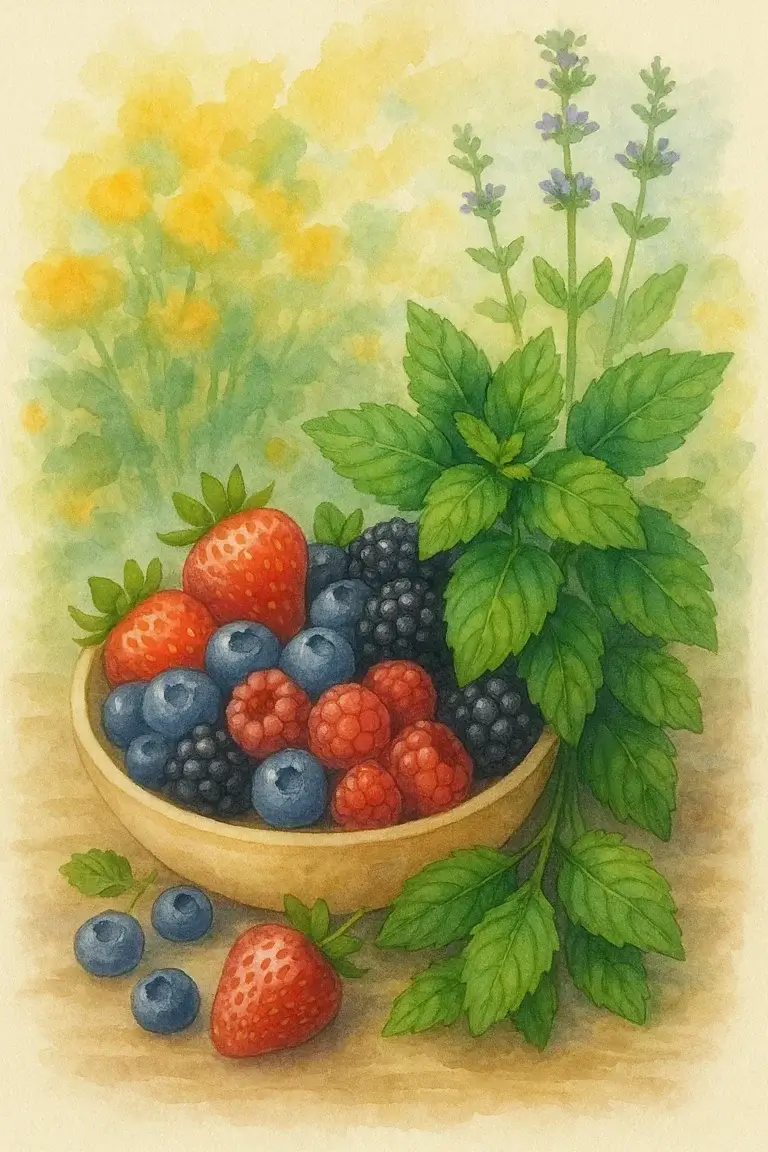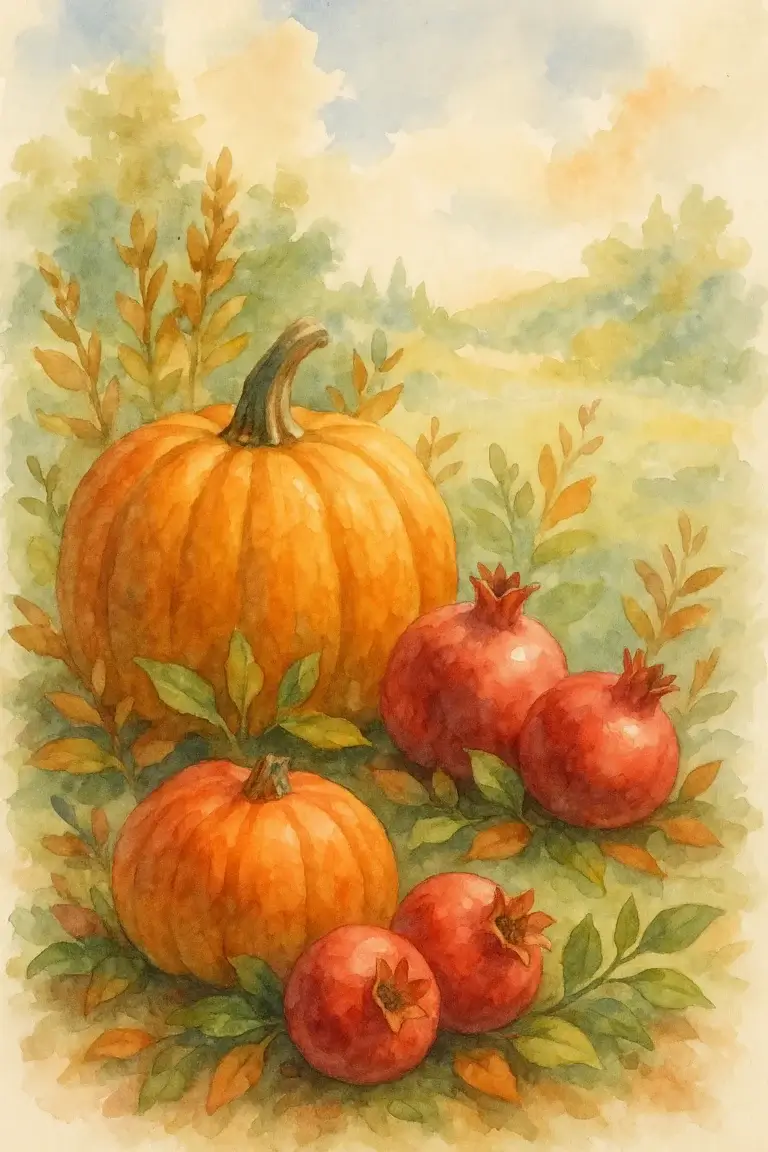Kitchen Apothecary: Crafting Seasonal Herbal Infusions & Vinegars
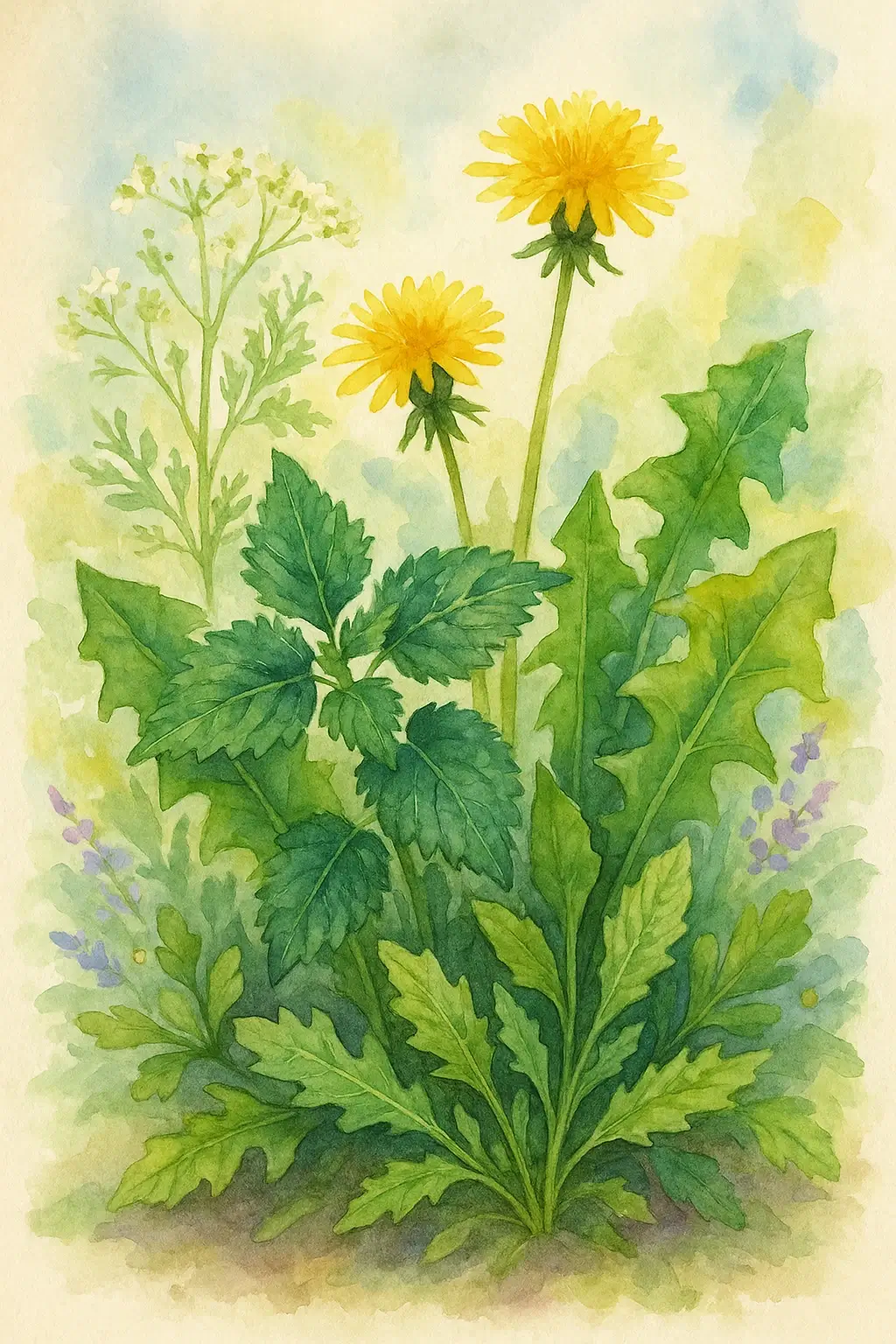
Kitchen Apothecary: Crafting Seasonal Herbal Infusions & Vinegars
Transform your kitchen into a healing apothecary by infusing seasonal herbs and roots into vinegars and oils. These potent preparations concentrate botanical benefits—improving digestion, supporting immunity, and balancing blood sugar—while adding vibrant flavor to your meals. In this in-depth guide (~1 500 words), we’ll explore five signature infusions for spring, summer, autumn, and winter; break down the phytochemistry of each herb; provide step-by-step recipes; and share usage protocols and storage tips so you can turn simple pantry staples into powerful functional tonics.
1. Why Infused Vinegars?
Apple cider, rice, and wine vinegars offer organic acids that stimulate digestion, regulate glycemic response, and preserve herb actives. When you infuse them with botanicals, you:
- Extract Water-Soluble Phytochemicals: Flavonoids, tannins, and alkaloids lend antioxidant and antimicrobial properties.
- Enhance Acidic Profile: Supports gastric secretions and gut motility—ideal before or during meals.
- Extend Shelf-Life: The antimicrobial nature of vinegar preserves delicate herbs for months.
- Amplify Flavor: Adds complexity to dressings, marinades, and medicinal tonics.
2. Spring Brightening: Lemon Balm & Elderflower Vinegar
Key Phytochemicals: Rosmarinic acid (lemon balm), flavonoids (elderflower).
Recipe (yields ~500 ml)
- 150 g fresh lemon balm leaves, washed and patted dry
- 50 g elderflower blossoms (fresh or dried)
- 500 ml raw apple cider vinegar (with “mother”)
Preparation
- Place herbs loosely in a sterilized glass jar.
- Pour vinegar over herbs, leaving 2 cm headspace.
- Seal and shake; store in a cool, dark place.
- Shake once daily; infuse 14 days.
- Strain through cheesecloth into amber bottles; label with date.
Usage Protocol
- Dosing: 1 Tbsp diluted in 100 ml warm water or added to salad dressings.
- Timing: Sip before meals (breakfast & lunch) to gently stimulate bile and saliva.
- Benefits: Calms nervous digestion, supports lymphatic drainage, uplifts mood.
3. Summer Cooling: Mint & Fennel Seed Vinegar
Key Actives: Menthol (mint), anethole (fennel).
Recipe (yields ~500 ml)
- 100 g fresh mint sprigs (spearmint or peppermint)
- 2 Tbsp crushed fennel seeds
- 500 ml white wine vinegar
Preparation & Infusion Time
- Combine mint and fennel in a jar; cover with vinegar.
- Seal, shake, and infuse 10 days in cool spot.
- Strain and bottle; label with contents and date.
Usage Protocol
- Dressing: 2 Tbsp in olive oil for cooling summer salads.
- Sipping: 1 Tbsp in 150 ml chilled water mid-afternoon to ease heat stress and bloating.
- Benefits: Refreshes, aids cramp-relief, supports hydration.
4. Autumn Grounding: Rosemary & Garlic Vinegar
Key Actives: Carnosic acid (rosemary), allicin (garlic).
Recipe (yields ~500 ml)
- 3–4 sprigs fresh rosemary
- 3 large garlic cloves, lightly crushed
- 500 ml red wine vinegar
Preparation & Infusion
- Place rosemary and garlic in jar; cover with vinegar.
- Seal, shake daily, infuse 21 days.
- Strain into bottles; allow to mellow another 7 days before use.
Usage Protocol
- Cooking: 1 Tbsp per stir-fry or braise to enhance flavor and digestive heat.
- Tonifier: 1 Tbsp in warm water before meals to support circulation and antimicrobial action.
- Benefits: Promotes gut motility, warms the core, supports autumnal immunity.
5. Winter Resist: Turmeric & Black Pepper Vinegar
Key Actives: Curcumin (turmeric), piperine (black pepper).
Recipe (yields ~500 ml)
- 3 Tbsp dried turmeric root slices
- 1 Tbsp crushed black peppercorns
- 500 ml apple cider vinegar
Preparation & Infusion
- Combine turmeric and pepper in jar; cover with vinegar.
- Infuse 14 days in cool, dark place; shake daily.
- Strain; bottle in amber glass.
Usage Protocol
- Cold Relief: 1 Tbsp in warm water with honey when first signs of chill appear.
- Cooking: Add to stews and broths for anti-inflammatory boost.
- Benefits: Supports joint comfort, immune surveillance, and mucosal health in the cold season.
6. Advanced Tips & Troubleshooting
- Quality Vinegar: Use unpasteurized “with-mother” vinegars to ensure probiotic benefit.
- Herb Freshness: Harvest or purchase fresh botanicals; dry or infuse promptly to preserve volatile oils.
- Avoid Metal: Always use glass or food-grade plastic—avoid metal lids contacting vinegar.
- Allergies: Test new infusions in ½ Tbsp servings for 3 days to monitor sensitivities.
7. Incorporating into Your Routine
Design a daily protocol:
- Morning: Spring or winter vinegars diluted as tonics.
- Midday: Summer or autumn vinegars in dressings or sips.
- Evening: A soothing ½ Tbsp in warm water to close digestion ritual.
- Journaling: Track which infusions yield best digestive comfort, energy, and immune resilience over 14 days.
Conclusion
By crafting seasonal herbal vinegars, you create a dynamic kitchen apothecary—one that delivers digestive support, immune resilience, and nuanced flavors to every meal. These infusions harness the concentrated power of botanicals in a stable, shelf-ready format, empowering you to celebrate nature’s cycles and optimize your health year-round.
Want more recipes like these? Visit our full wellness article library for seasonal inspiration, tea protocols, and botanical infusions.
Learn more about herbal vinegars and kitchen medicine at LearningHerbs.com — a trusted resource for folk herbal wisdom and hands-on preparation guides.
